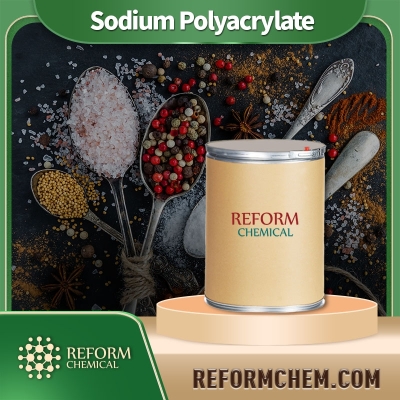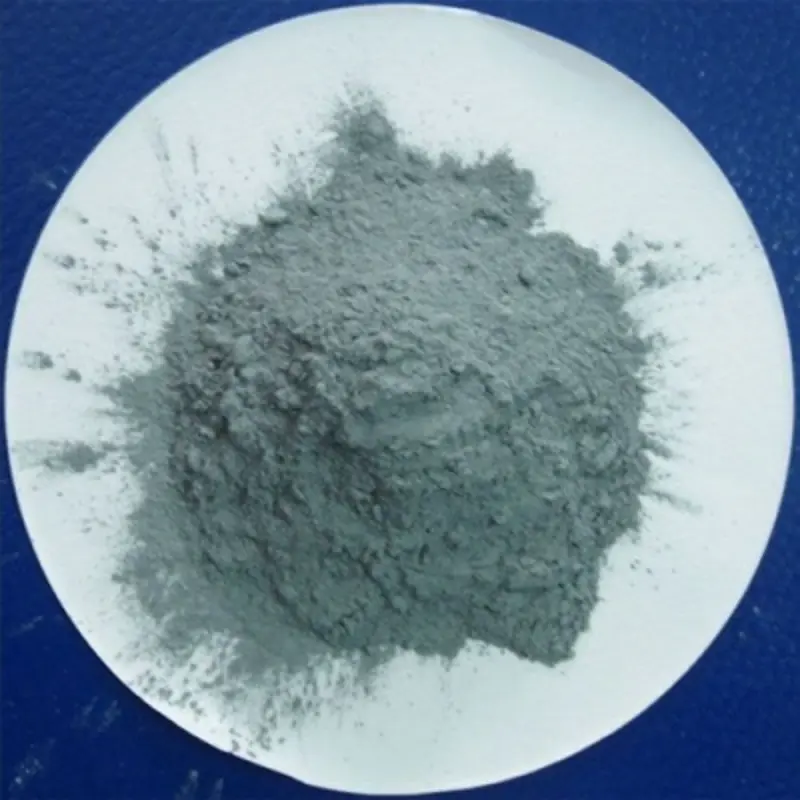-
Categories
-
Pharmaceutical Intermediates
-
Active Pharmaceutical Ingredients
-
Food Additives
- Industrial Coatings
- Agrochemicals
- Dyes and Pigments
- Surfactant
- Flavors and Fragrances
- Chemical Reagents
- Catalyst and Auxiliary
- Natural Products
- Inorganic Chemistry
-
Organic Chemistry
-
Biochemical Engineering
- Analytical Chemistry
-
Cosmetic Ingredient
- Water Treatment Chemical
-
Pharmaceutical Intermediates
Promotion
ECHEMI Mall
Wholesale
Weekly Price
Exhibition
News
-
Trade Service
Propylparaben sodium is a widely used preservative in the chemical industry, and it is commonly synthesized through several different routes.
The choice of synthetic route depends on various factors, including the availability of raw materials, the desired yield and purity of the product, and the cost of production.
In this article, we will discuss three common synthetic routes for propylparaben sodium: the ethylation route, the sulfonation route, and the nitrosonation route.
Ethylation Route:
The ethylation route is the most commonly used synthetic route for propylparaben sodium.
It involves the reaction of propylene oxide with para-hydroxybenzenesulphonic acid in the presence of an alkaline catalyst.
The reaction produces propylparaben sodium, which is then purified and dried.
This route is relatively simple and costs less compared to other synthetic routes.
Sulfonation Route:
The sulfonation route involves the reaction of propylene oxide with sulfuric acid to produce propylparaben sulphonic acid.
The propylparaben sulphonic acid is then converted into propylparaben sodium by treating it with sodium hydroxide.
This route is more complex than the ethylation route, but it produces a higher yield of propylparaben sodium.
It is also more expensive than the ethylation route.
Nitrosonation Route:
The nitrosonation route is another synthetic route for propylparaben sodium.
It involves the reaction of propylene oxide with nitrating acid, such as nitric acid, in the presence of a solvent, such as ether.
The reaction produces propylparaben nitrate, which is then treated with sodium hydroxide to convert it into propylparaben sodium.
This route is more complex and dangerous compared to the other routes, as it involves the handling of nitric acid.
It is also more expensive than the ethylation route.
In conclusion, propylparaben sodium can be synthesized through several different routes, including the ethylation route, the sulfonation route, and the nitrosonation route.
The choice of synthetic route depends on various factors, including the availability of raw materials, the desired yield and purity of the product, and the cost of production.
The ethylation route is the most commonly used synthetic route, as it is relatively simple and costs less compared to other routes.




![Aluminum, [(2E)-2-butenedioato(2-)-κO1]hydroxy- Al-Fum](https://file.echemi.com/fileManage/upload/goodpicture/20230919/ibrutinib-high-quality_b20230919163357076.jpg)


